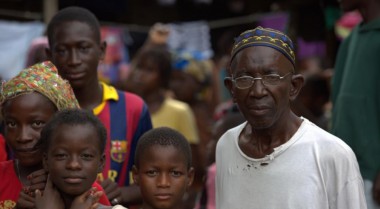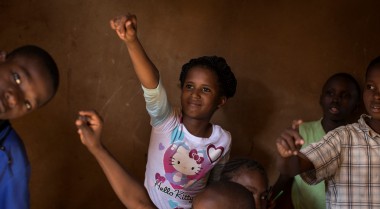
Peace and Migration: Realising the links
We are an international community increasingly on the move: 244 million people crossed borders to become international migrants in 2015. Many people who moved in 2015 did so voluntarily. However, around 65.3 million were forcibly displaced as a result of factors including conflict, food insecurity and climate change. Among them, 21.3 million were refugees, forced to cross borders due to violence and fear of persecution. Many of those who fled came from escalating conflicts in Syria and Iraq or long-running conflicts in Somalia and Afghanistan. Half of those fleeing were under the age of 18.
This week, member states of the United Nations will hold a Summit on Refugees and Migrants – the first of its kind. Given the global nature of the issue at hand, this is undoubtedly the right forum and the right time. However, and despite reiterating their commitment to established laws and norms surrounding the movement of people, member states have fallen well short of any new ambitious changes. For example, there has been no success in agreeing on firm commitments to share the responsibility of hosting refugees, nor is there political will to discuss legal migration and open up safe and regular channels.



